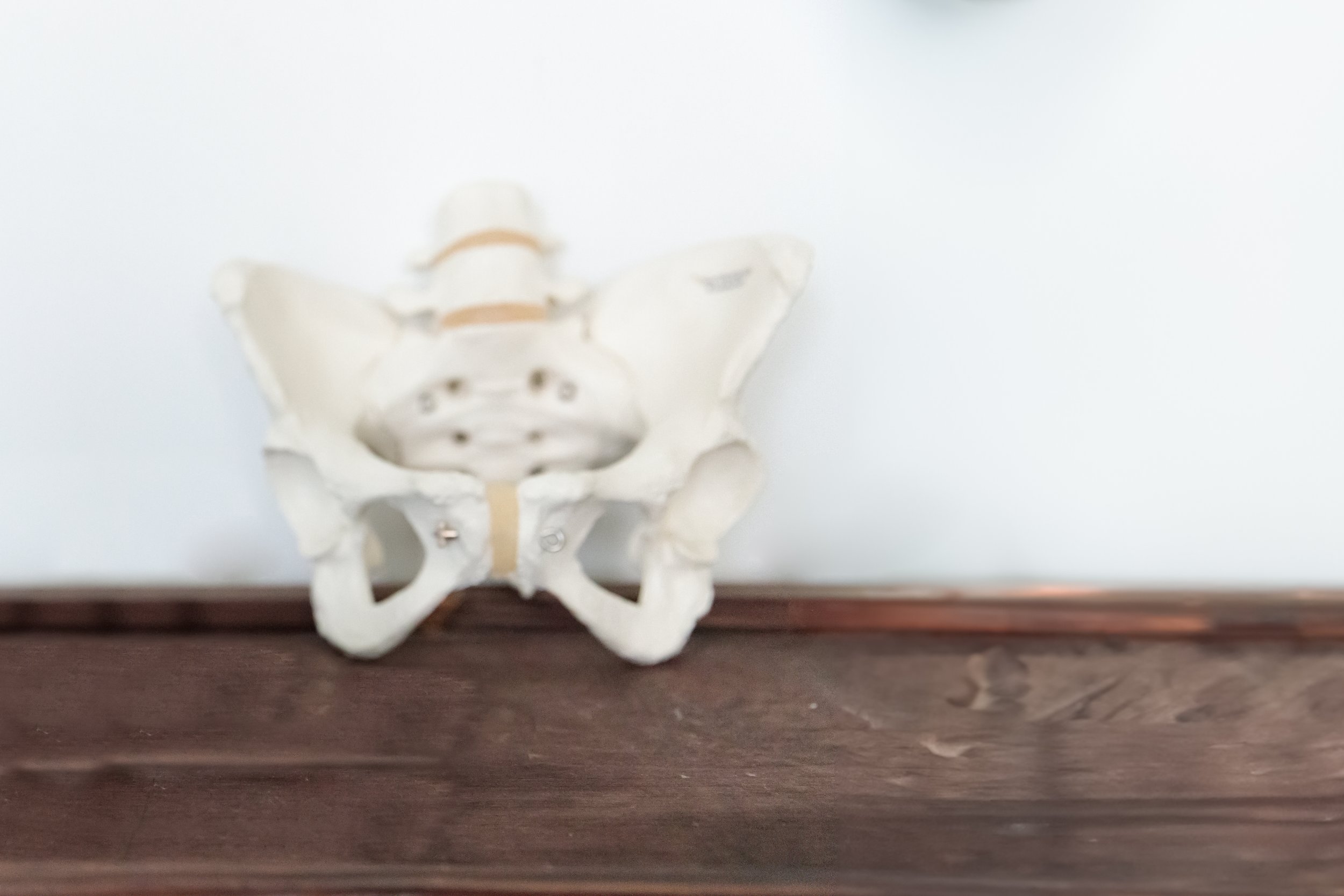
BODY WORK + CHIROPRACTIC
Structural Adjustments + Body Work
My chiropractic care revolves around aligning the cranial, spinal, and pelvic structures, which house the central nervous system—a crucial component for achieving optimal bodily health. Disruptions in signals from the central nervous system (CNS) to your cells and organs due to misalignments can lead to miscommunication between the nervous system and the body.
I strongly believe in addressing soft tissues (muscles, fascia, lymph, ligaments) alongside adjustments to help patients achieve balance in their structural frame. By releasing soft tissue tension through various techniques, I complement the adjustment process, ensuring that the body 'listens' and responds appropriately to the alignment. Whether using my hands or an instrument, I apply gentle force to guide the joints back into their healthy range of motion.
Misalignments resulting from old or new injuries, tight clothing, extended desk-bound hours, or poor posture can send distressing signals to the body, leading to various ailments. Even physically active individuals often spend prolonged periods in a seated position or looking down at devices. Surprisingly, poor posture can be a dynamic cause of many physical issues, including digestive problems. Stuck organs may be the root cause of musculoskeletal pain.
During evaluation, I focus on your entire body with an emphasis on the front, as the neck and abdomen house vital structures that influence your body's ability to heal. My holistic approach ensures that I address each patient's unique body needs, leaving them with realigned joints that are 'trained' to stay in place.
Techniques
Myofascial + Organ Release
By applying pressure to the soft tissue, this technique can alleviate tightness and tension in a specific area, allowing the entire system to unwind. Aiming to restore function and improve blood flow, these treatments release the tissues, allowing a patient's motion to be restored, and enabling all systems to operate without interference.
Cupping
Cupping employs plastic cups and suction to gently apply myofascial decompression to the tissue. The primary goal of this technique is to enhance blood flow, flush toxins from the body, hydrate the tissues, induce relaxation, and align fibers.
Functional Body Movement Education
Each person's body is unique. This evaluation takes into account previous and current injuries, lifestyle, workplace setup, and fitness routine to craft a personalized plan for each patient. Treatment plans may encompass appropriate exercises, mobility work, education on myofascial release using balls and rollers, ergonomic evaluations, and nutritional support.
Adhesion Release
Adhesions, or scar tissue, are prevalent throughout the body and can restrict movement and function in surrounding tissues. Through adhesion release, tight scar tissue is loosened, promoting increased blood flow and movement. This technique is particularly essential for individuals with any surgical scar but is especially beneficial for C-section scars.
Dry Needling
This method penetrates deeper into the tissue compared to myofascial release. The term 'dry' needling indicates that no liquids or fluids are involved in the needling process. Please note that this service is restricted to patients in Colorado and North Carolina and is NOT AVAILABLE TO NEW YORK PATIENTS.
Craniosacral Fascial Therapy (CFT)
CFT is a technique that centers on the craniosacral fascial system, originating in the body's core around the brain and spinal cord and extending through the fascial web. A healthy system enables the free flow of cerebrospinal fluid from the brain, down the spine, to the sacrum, and into the fascia. This technique listens to the body and gently unwinds the system, releasing fascial tension.
Lymph Release
The lymphatic system serves as your body's drainage system, and your entire body should be immersed in lymphatic fluid. If your lymph nodes become blocked or stuck, your body retains these toxins, impeding the healing process.
Kinesiology Taping
Kinesiology tape, commonly employed for sports injuries, is versatile and suitable for all bodies. Applied without restricting movement, this elastic cotton tape creates a space between muscle and dermis layers, alleviating pressure on swollen or injured muscles during physical activities. It promotes smooth movement, increased blood flow, and improved lymphatic drainage.